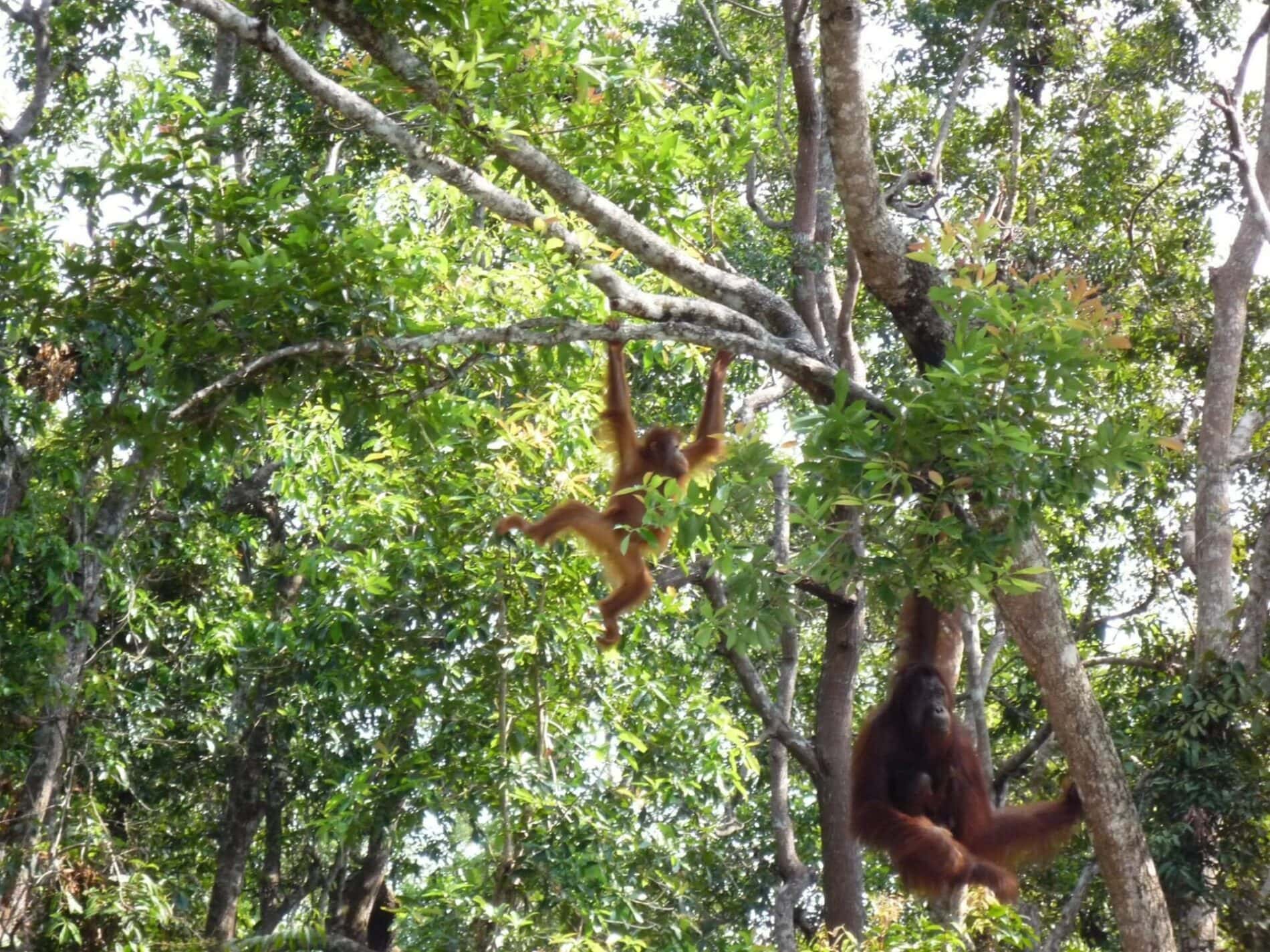Orangutan landscapes at risk: The role of industrial tree concessions in protecting key forest habitats

Industrial Forest Concessions hold the key to Bornean Orangutan habitat conservation.
If orangutans are to survive outside of protected areas, corporate concession owners must implement forest conservation programmes in their concessions and in the wider landscape. Conservation strategies should focus on industrial forest plantations. To demonstrate both how necessary and complex this is, in this report Aidenvironment explores the Kubu Raya landscape in West Kalimantan, and the Kahayan-Kapuas and Rungan River landscapes in Central Kalimantan. We provide information on the ownership of the key concessions in each landscape, the extent of current orangutan habitat, and provide suggestions for possible conservation interventions.
Bornean orangutans (Pongo pygmaeus) are Critically Endangered, threatened by habitat loss, hunting and the wildlife trade. In Indonesia, habitat loss has been driven in part by the conversion of lowland forests to oil palm, industrial forests, and logging plantations. As such, these plantation industries are critical for the long-term survival of the species. A new report by Aidenvironment presents data on the amount of orangutan habitat remaining inside corporate concessions and identifies the companies with the most remaining forested orangutan habitat.
There is 14,110,153 hectares (ha) of forested orangutan habitat remaining within Indonesia, of which only 3,456,191 ha (24%) falls within protected area boundaries. Almost double this amount, 6,219,661 ha (44%), lies within corporate oil palm, logging, and industrial forest concessions. Broken down by sector, 4,757,727 ha (34%) remains within selective logging concessions, 563,282 ha (4%) within known oil palm concessions, and 898,652 ha (6%) within industrial forest concessions.
Much of the focus in Indonesia in the last decade has been on the palm oil industry, but our analysis of three of the key orangutan habitat landscapes in Borneo shows that industrial forest plantations are typically the key land-use stakeholder.
The palm oil sector has transformed in the last few years with the adoption of No Deforestation, No Peat, No Exploitation (NDPE) policies. Greater emphasis has been placed on forest conservation, and projects to conserve and restore forest areas. The logging sector is governed by strict rules that specify how much timber can be extracted and the amount of forest cover that must remain. In contrast, industrial forest concessions can be cleared of native vegetation, concessions are typically substantially larger than oil palm plantations, and the industrial forest sector operates under far less transparency than the palm oil sector.
The top 10 industrial forest concessions with the most remaining forested orangutan habitat contain a combined 367,319 ha. The three with the largest remaining forested orangutan habitat in Indonesia are PT Mayawana Persada in Mendawak in West Kalimantan (68,776 ha), PT Industrial Forest Plantation in Kahayan-Kapuas in Central Kalimantan (51,026 ha), and PT Taiyoung Engreen in Rungan River in Central Kalimantan (41,609 ha). These three concessions are also three of the largest deforesters in the industrial tree sector. Between 2018 and 2021, PT Mayawana Persada cleared 8,852 ha of forest, PT Industrial Forest Plantation cleared 9,673 ha of forest, and PT Taiyoung Engreen cleared 3,510 ha.
For more information, please contact Christopher Wiggs on wiggs@aidenvironment.asia
